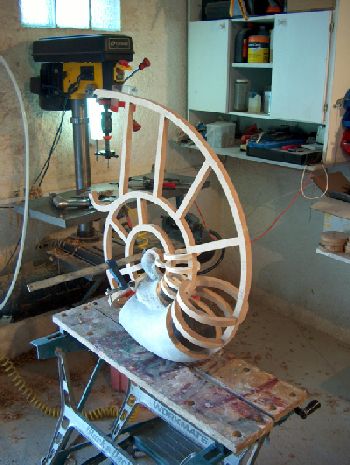
| [ Let's do it, please Do It Yourself ] |
© Ernest Ruiz. 2004
The article you're reading want to show to you the high level that audiophiles around the world are reaching in their Do-It-Yourself (DIY) works. In addition to show that fact, these lines also want to bring to you some ideas about the relationship between DIY hi-fi equipment and commercial audio products.
When we talk about DIY equipment we are talking about all the hi-fi equipment that is made by users without industrial means or industrial objectives. When we use the acronym DIY we refer to all the processes included in the building of hifi equipment, that is, design, test and the building process itself. As we said before all these processes are made by the final user only for his/her own use and without commercial objectives. They're designs made by audiophiles for audiophiles. This kind of activity is not new becasue, in fact, it exists since the beginning of what we call consumer electronics. In those years many users built their own equipment using original designs or kits. It was very common for audiophiles to build their own tuner, amplifier, etc. In countries like the United States or the United Kingdom it was a common practice (it is!) and it was an alternative to commercial products. I must admit that I have been always fascinated with all these processes because I like to use my mind and hands in building things like the ones we're talking about. In fact I arrived to the tube and vintage audio world after reading the DIY articles published in Hi-Fi World and seeeing their nice tube amp kits.
As I'm saying these selfconstruction processes known as DIY are an old practice and maybe you wonder why I'm writing these lines now. The fact is that the rise of the internet has had a key role in the difussion of DIY. The net has allowed the contact between users that have shared their knowledge. The result of this situation is a positive feedback that has increased even more the DIY fever. In addition to that, the internet has allowed a closer contact between the users and the companies who provide electronic parts to DIYers. If some years ago was difficult to find a given type of capacitor, resistor or speaker driver, now it is very easy because there's a wide offer. So if you are planning to start building your own hi-fi equipment you should know that now is the best moment to do it. But you should know that to begin with audio DIY it is necessaary to have some knowledge about what you're doing. For example, if you plan to build an amplifier you have to have some basic skills in electronics. The internet has also an important role with this matter because as I said before users and DIyers are now closer to each other than ever before and they can share the knowledge and maybe our deficiencies can be compensated with the help of other audiophiles.
At the beginning of this article I said that I would like to show you two examples of high level audio DIY projects. I also said that I wanted to bring to you some ideas about the relation of DIY hifi and commercial hifi. My main objective is to, let's say, open your eyes about DIY, because with these kind of self-made products you can reach a very high level of quality and in some cases (more cases that you can imagine) you can build even better products than the commercial audio equipment (and cheaper!). I'm not saying to everyone 'Let's forget standard audio, let's build everything by ourselves' . What I'm saying is that hifi DIY equipment is a great way to enter the high end audio world even the some voices that say the opposite. I'm saying all these things after many experiences with DIY audio products and I'm completely sure about their great value. But remember what I said about the requiered skills to begin with DIY and think about the great advantages of this kind of products.
Let's concentrate now in the two examples of DIY audio that I want to show to you. Both are high level projects that require from the audiophile a deep knowledge of different techniques. I think that they have to be seen as two examples of the quality level that can be reached with DIY hifi. I don't want that you see these two cases as an excuse than I bring to you to forget commercial audio and concentrate exclusively in DIY, but I want that you see them as a reference in this field. And among any other consideration I want that you see both projects as the work of two audiophiles who love audio and that use a part of their time working hard to materialize this love with equipment like that. In addition to that I'm going to write long explanations about the equipment you are going to see, the images will explain you everything. As you know an image is better than thousand words and with these project is absolutely true.
The first DIY projectis the one made by Alfonso de Rojas. Alfonso is an audiophile with high level skills for building speakers and in general hi-fi equipment. Some months ago Alfonso decided to face the building of a pair of high quality loudspeakers inspired in the Nautilus that Bower and Wilkins introduced some years ago. The images show us the process he followed to build these difficult structure and also how good is the final result. Let's see them.
First some images of the building process. Alfonso used AutoCAD software to desing with accuracy and precission these speakers. The sofware was needed to calculate exactly all the volumes and sizes of the speakers. The material used to build the Nautilus Replica is an epoxy resin and all the construction was made by hand. The process itself is very complicated and my advice if you are interested in knowing it in depth is to contact Alfonso at his web site www.aderojas.com.

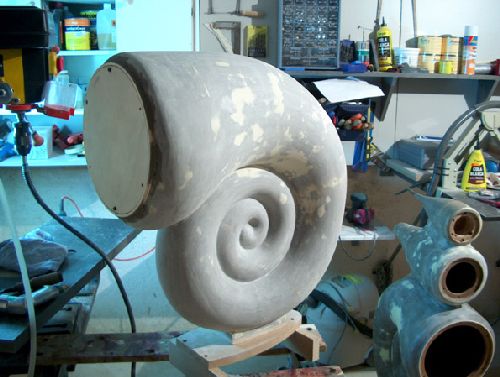

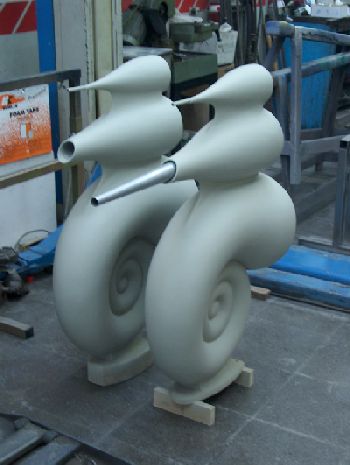
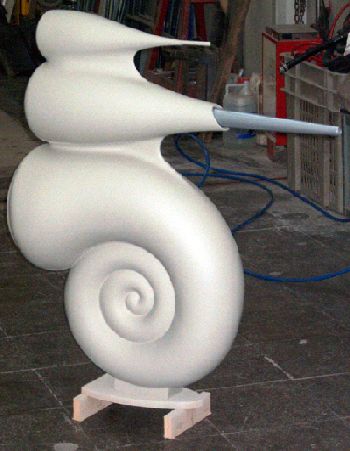
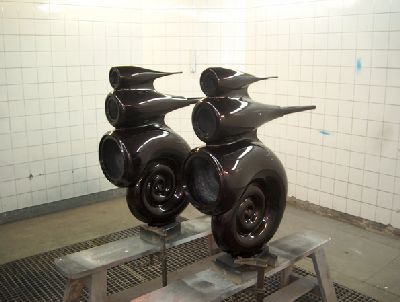
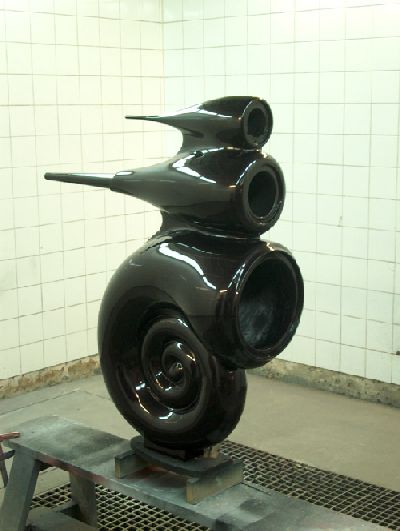
Now some images of the hi-fi system where the Nautilus Réplica are being used. It is an analogic multiamplified system still in the adjustment phase. The Nautilus replica are the main speakers and diverse electronics are used: Rotel 1090 for bass, DIY Aleph 3 for mids and an Audio Agile SET for treble. Source is a CD Copland 289 with several DIY modis and the analog filter is a design by Mauricio Urkidi from Audio Excel.
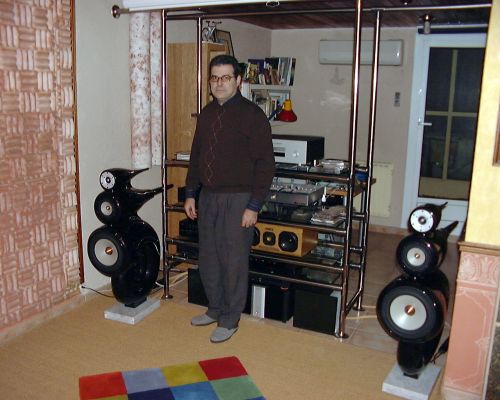
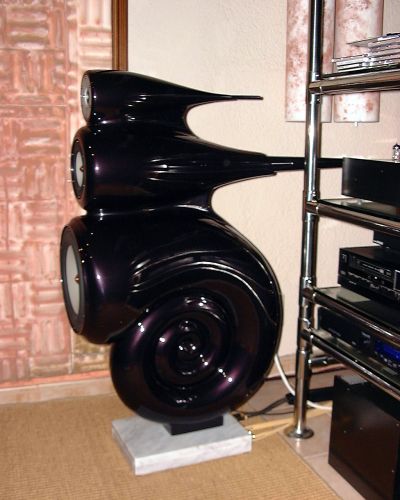
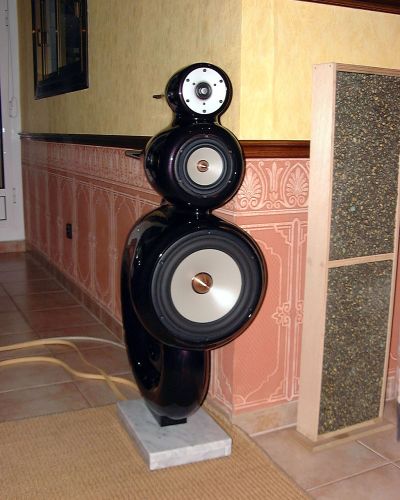

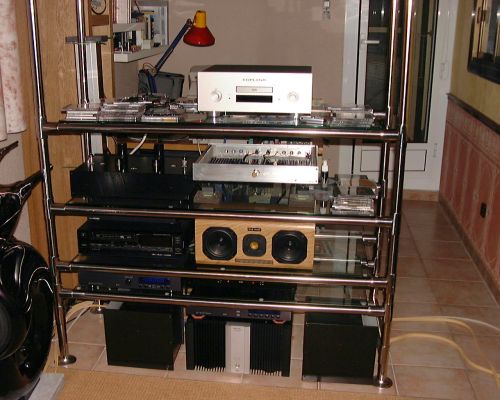
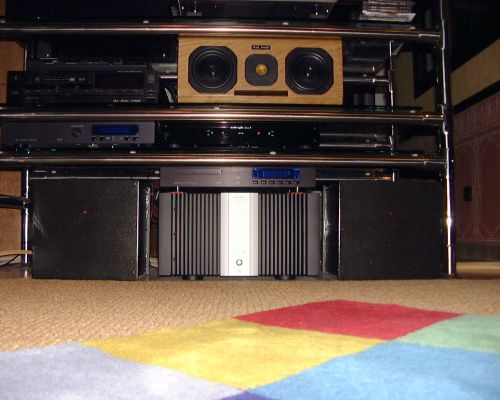

The second example I want to show to you is all the work made by José Maria Lancis. José Maria is a retired electronics enginner (in fact, almost engineer. But after seeing and listening him the less important is this) with a huge experience with electronics, specially in RF. After many years working professionally in his own electronics company, he decided to retire and rest and use his time in his audiophile passion. So now he uses all this knowledge building hifi equipment, specially speakers and amplifiers. As you can see in the images the quality of the finishes of all the products is very, very high. We should know that José Maria comes froma field very high level of precision is required and now he's doing the same with hi-fi. All the equipment you're going to see is for personnal use., not to be sold. José MAria enjoys a lot trying to find the equipment hat better suits his needs. If you're wondering which is the objective af such spectacular work I must say that José Maria is trying to build his definitive system. Now he is in the testing phase and so he tests every electronic product before integrating it in his system. When I say that he test everything I mean exactly that, every speaker driver, every part. As I said he tries to build his definitive system. Let's see some images of what he's doing.
First some images of the place where Jose Maria builds his equipment.
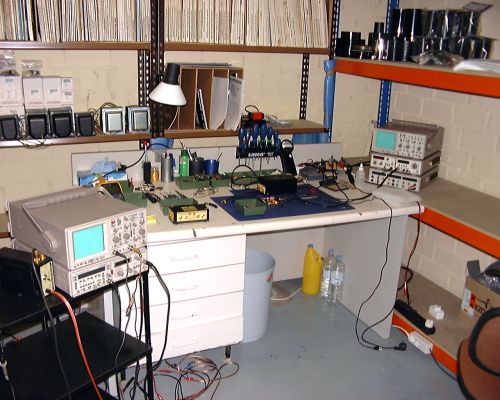

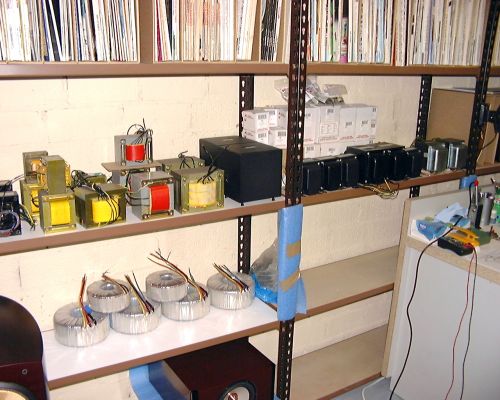
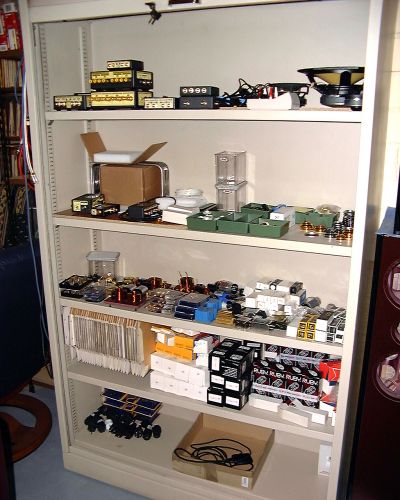
These are the amplifiers that stole my heart. A pair of mono power amplifier based in KT88. Here you can see these amps and the circuits used on them.


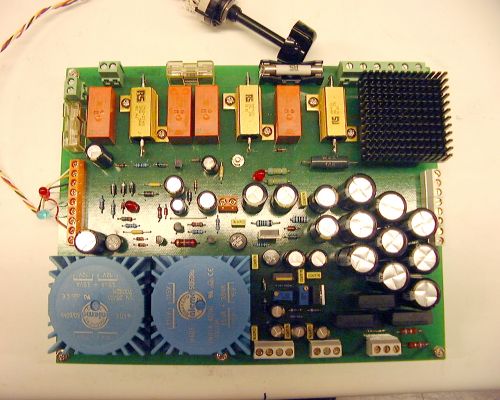
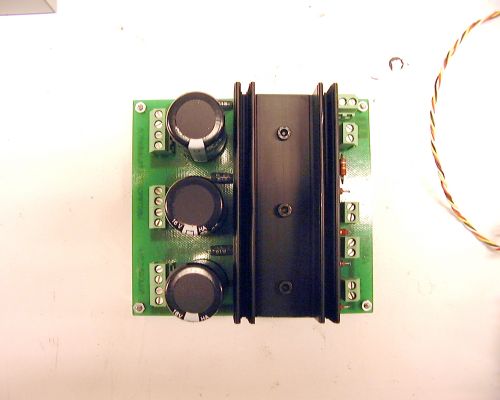
There are also two new projects still in prototype form that you can see in the following images.
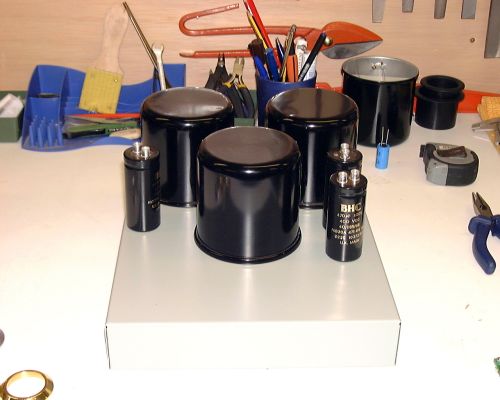
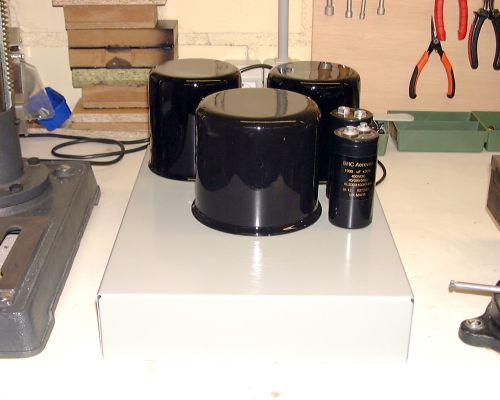
Now some images of José Maria's main system. It is a digital multiamplified system. The speakers are a custom five way design. Power amps by Rotel, digital filter by Behringer model Ultra Drive Pro controled from a PC. Sources are diverse: Sony XE5ES and XE3ES CD players, Clearaudio turntable with SME 309 tonearm, etc,etc.
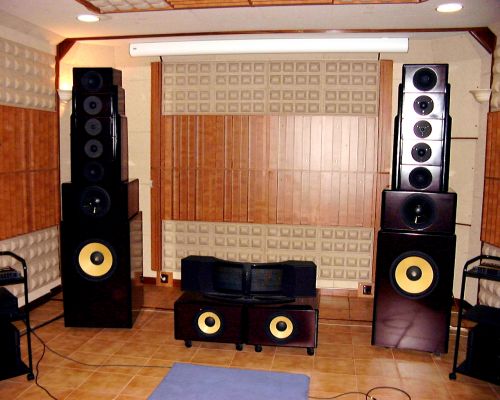
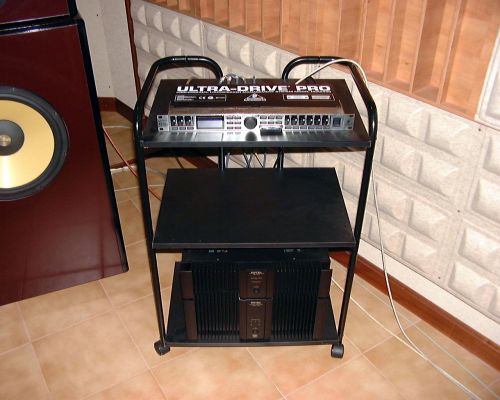
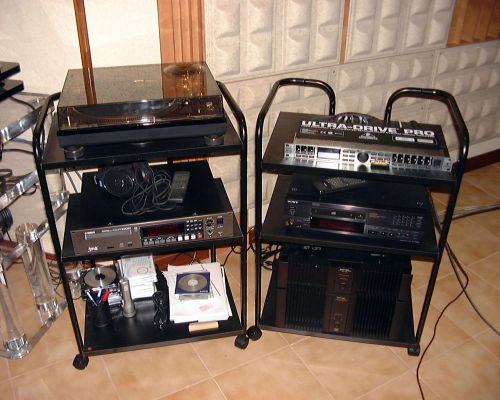
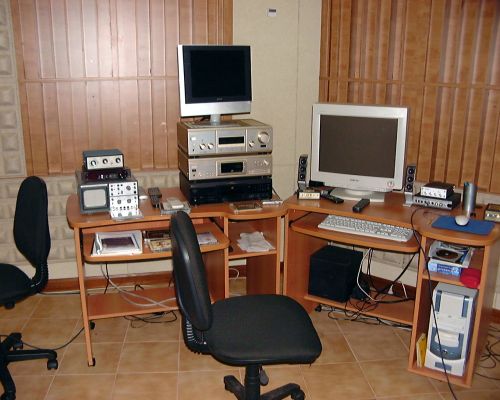

Finaly images of the "small" José Maria's system. Again two custom made speakers one based in a Linkwitz design and the other one a standard box. It is also a digital multiamplified system but the difference is that it is modular. As you can see the boxes whre the speaker drivers are fitted are independent modules build to be changed with diffrent modules iwth diffrent drivers according the sound you wants. That means that José Maria can change the tweeter or the mids driver easily in order to listen different options and to decide the one he likes more with the objective to build his definitve system.
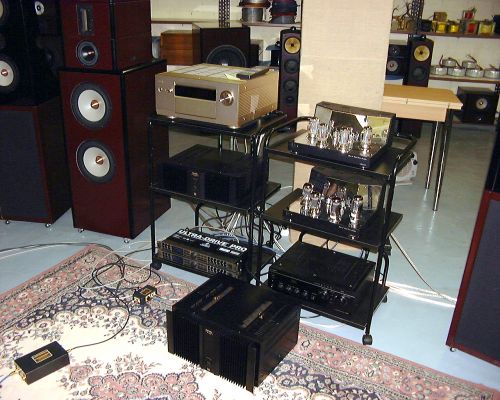

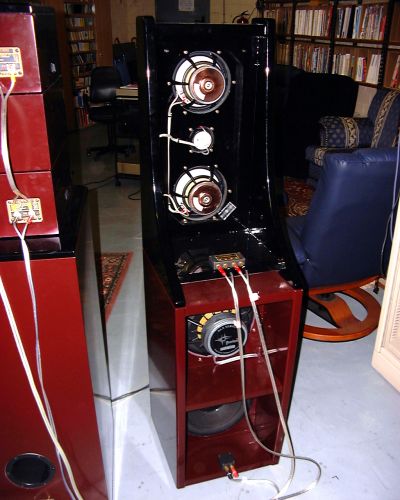
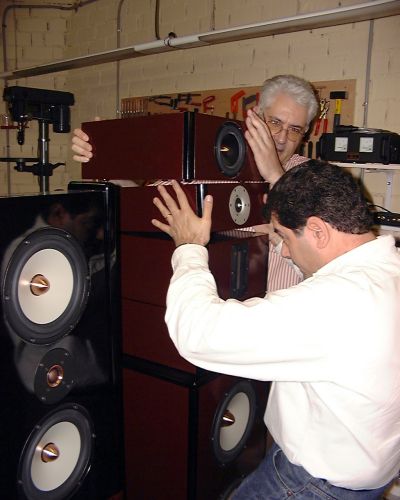
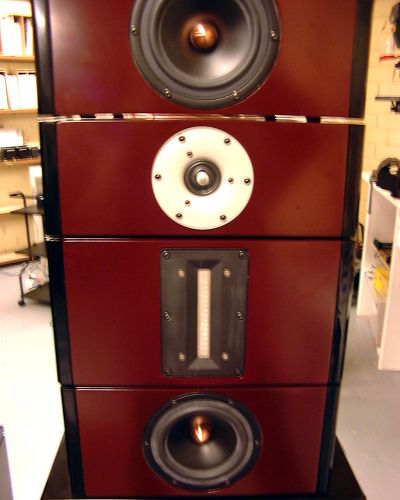
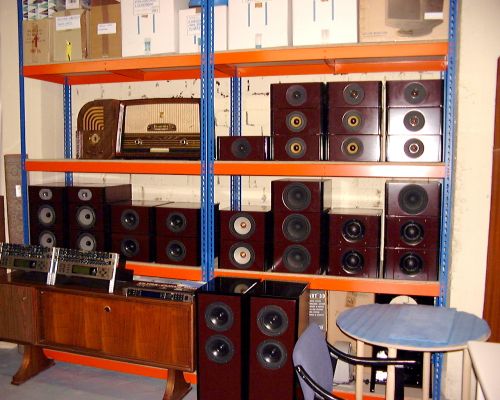
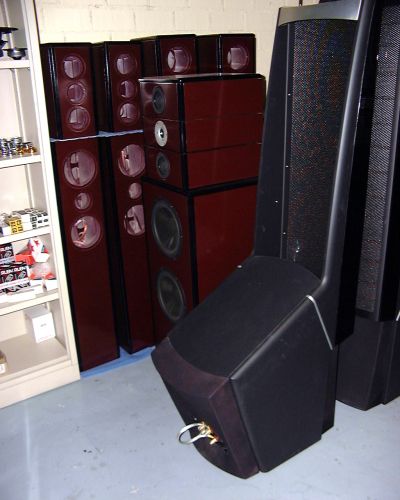
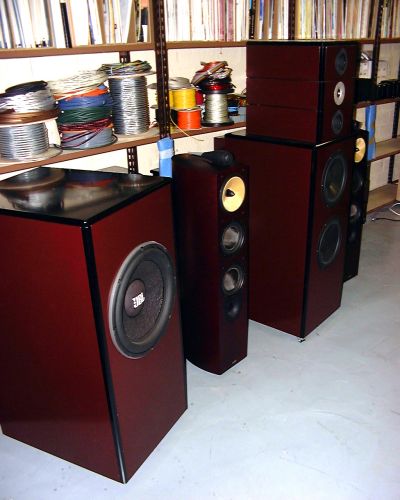
And that's the end of an article that wants to show you what can be done with DIY and that wants to open your eyes to these practices as an alternative to conventional audio. Here we have seen two exceptional examples of what can be done with hard work and knowledge. Two impressive example, as a matter of fact. Finally I would like to thank Alfonso de Rojas and José Maria Lancis to allow me to show you their work and also for the work they're doing for hi-fi. Now is your time, the time to begin with DIY.